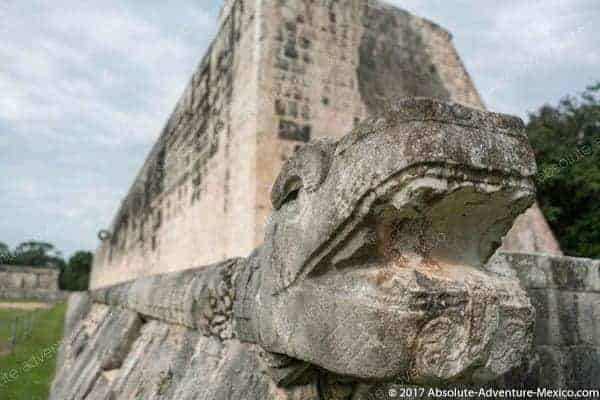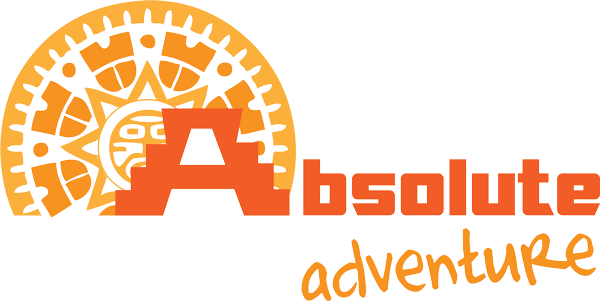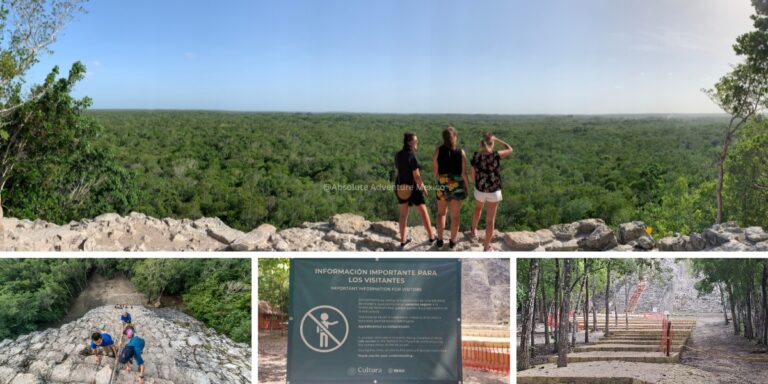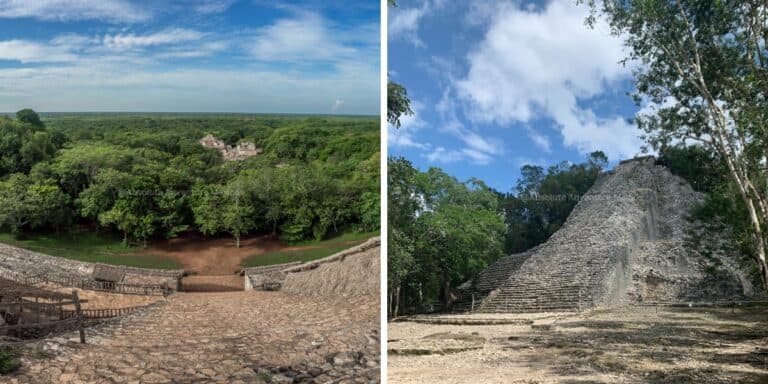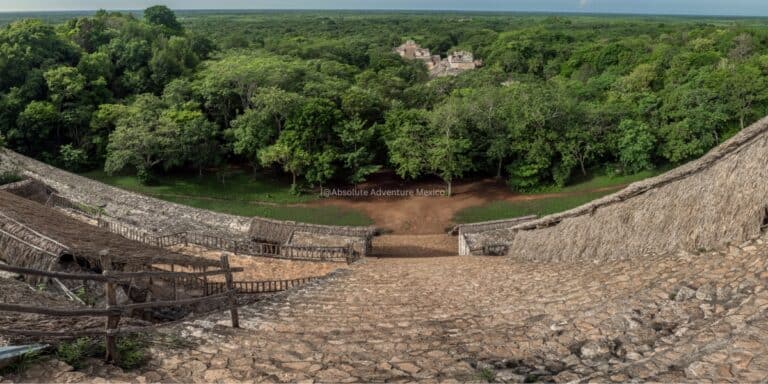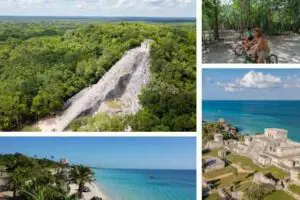More than a game, a very special ritual...
Through archeological discovery it became evident to experts that Mayans were indeed pretty good sportsmen. The Mayans built grandiose ball ourts to organize games that had ritualistic implications.
Mayan Ball Court in Chichen Itza
The biggest mayan ball court or as the Mayans put it ‘juego de pelota’ is in Chichen Itza and it is an incredible sight to behold. This great ball court measures a whopping 225 feet in width and 545 feet in length. It is an open-sky ballcourt with no coverings whatsoever. Moreover, the Mayan ballcourt in Chichen Itza is also acoustically perfect. This means that a whisper from one end of the court travels clearly to the other end of the court, being heard by all players.
It is so perfect that the sounds waves are barely ever affected by climatic conditions and wind direction. Regardless of whether it was night or day, nothing affected the acoustics of the ballcourt.
Each side of the court is embedded with a stone hoop or goal. There are various engravings on the walls and pillars surrounding the ballcourt, which give a darker meaning to what may seem like an innocent game of put-the-ball-through-the-hop. The Mayans played with a very heavy ball made out of chicle (a raw material extracted mainly from Mesoamerican trees, chicle is also used to make chewing gum). The ball weighed about 3 to 4 kg or 6 to 8 pounds, which they could only play using their hips, shoulders, knees and elbows. The game could not be played using feet, hands and head.
Although there is a myth surrounding the game that the winning captain of the team is sacrificed, experts on the other hand believe it to be the other way around.
And this is solely because Mayan engravings portray that a player is kneeling-down before being sacrificed for the Gods. And archeologists believe that this act of submission can only depict the loser, whose head is then cut off.
Ball Courts in Coba
There are two courts in the ancient Mayan city of Coba, which are in no way near the court in Chichen Itza in terms of size. However, both ball courts in Coba are different in terms of architecture and design. In Chichen Itza the ball court has straight walls while the in Coba the courts have inclined walls. Experts believe that this smaller ballcourt in Coba was particularly used for ceremonial games.
Toltecs and Human Sacrifice
According to what historians and archaeologists believe, the Toltecs introduced the Mayans to human sacrifice. It became a tradition in the Mayan culture, where the sacrifice was carried out by the high priest (nacom) and the victim was held down on a stone tablet by the priest’s elderly helpers called Chac (named after the Mayan rain god). The victims were mostly slaves, orphans, criminals and children. The victims were called up at the temple one by one held down by the chacs, and that is when the priest pierced their heart with a flint knife. The bodies were then thrown down the steps of the temple.
Human Sacrifices were common and were casually held at various ritual ceremonies in Maya.
Automutilation
Automutilation refers to intentional self-harm. And this was fairly a common practice among the Mayans as well. The noblemen from upper class Mayan families voluntarily and frequently used to cut themselves to please their gods and to communicate with them. Suicide too, was common in Maya and there was even a god named after suicide.
